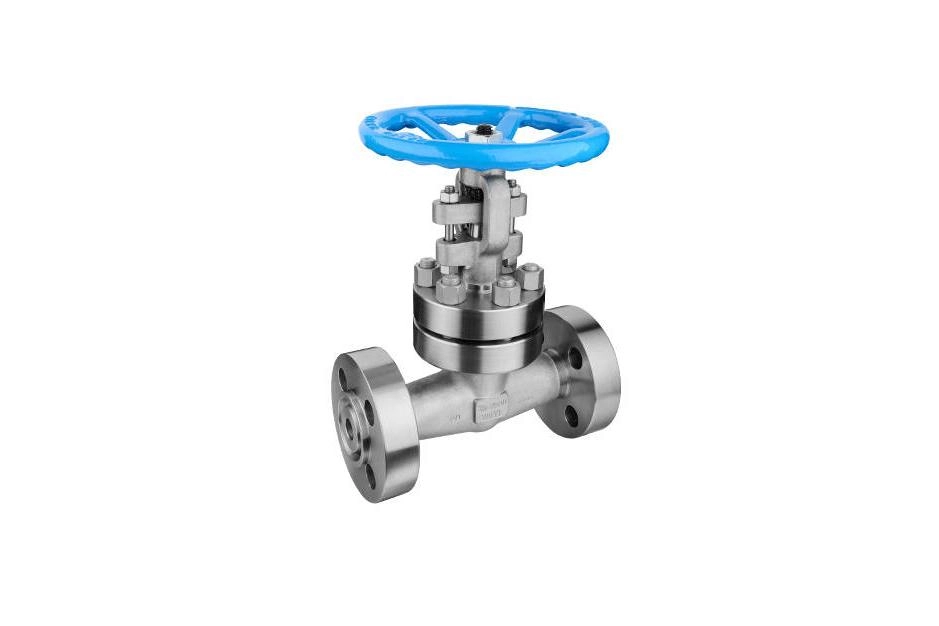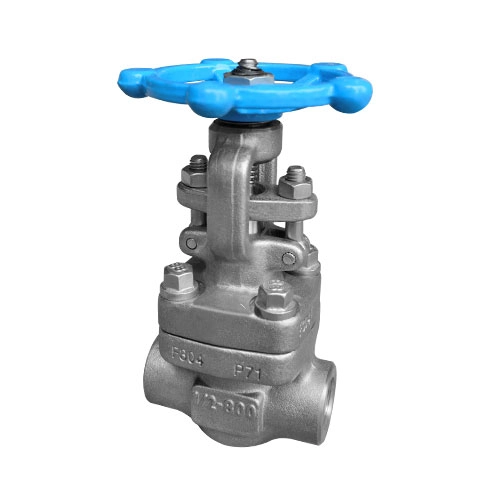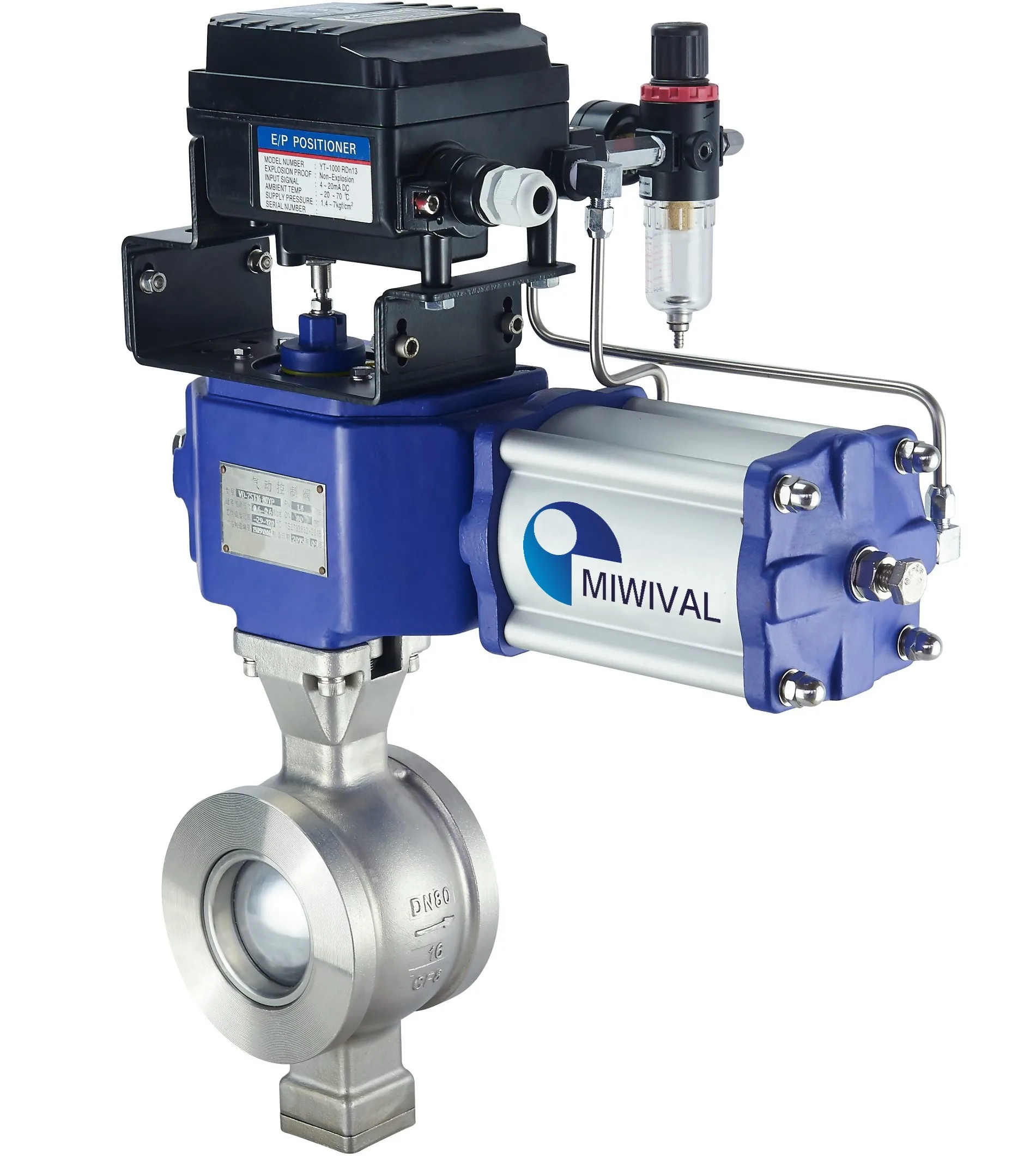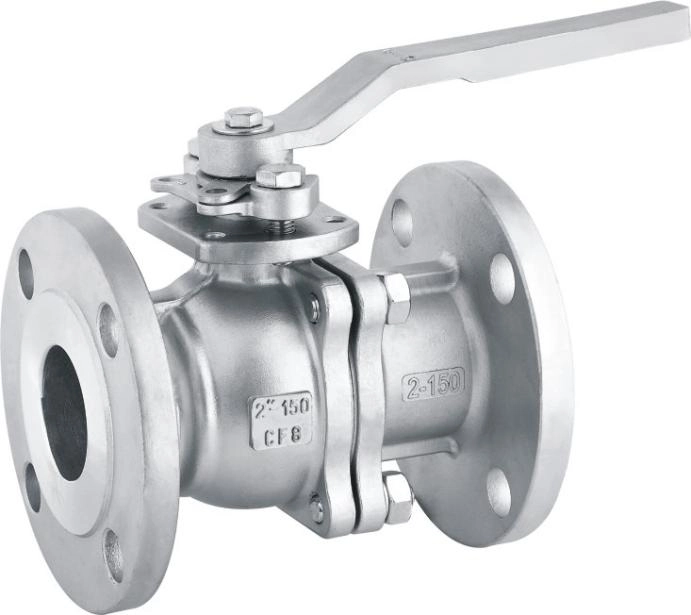What Makes Gate Valves Different from Ball Valves in Industrial Settings?

Valves are vital parts in many industries. They manage the flow of liquids and gases in pipelines. Gate valves and ball valves are among the most common types. Knowing their differences helps in choosing the right valve for specific tasks.
Overview of Gate Valves and Ball Valves
Gate Valves and Their Role
Gate valves are mainly used to fully stop or allow fluid flow in a pipeline. They work in completely open or closed positions. This makes them unsuitable for adjusting flow. A gate valve includes a body, seat, disc, spindle, gland, and a wheel to operate it. The seat and disc work together to block fluid flow effectively. Gate valves are not ideal for partial opening, as this can wear out the disc and seat. They are often used in oil or gas pipelines because their full-bore design allows cleaning tools like scrapers to pass through smoothly.
Ball Valves and Their Function
Ball valves are built for quick shutoff. They use a rotating ball with a hole in its center to control fluid flow. The ball’s structure allows strong flow with low resistance. This makes them perfect for high-pressure and large pipelines. Ball valves are easy to operate by turning the handle on the stem. They offer fast operation and excellent sealing with bubble-tight shutoff.

Structural Differences Between Gate Valves and Ball Valves
Design Features of Gate Valves
Parts of a Gate Valve
Gate valves have key parts like a body, seat, disc (gate), spindle, gland, and an operating wheel. The disc moves straight up or down to fully open or close the valve. The sealing surface between the seat and disc is often made stronger with metal to resist wear.
How Gate Valves Work
Gate valves function by lifting or lowering the disc using a threaded stem attached to a handwheel. When fully open, they cause little fluid resistance due to their straight-through design. Partial opening, however, can cause turbulence and damage to internal parts.
Design Features of Ball Valves
Parts of a Ball Valve
Ball valves have simpler designs than gate valves. They include a ball with a central hole, stem, seats made of durable materials, a packing gland, body castings (often stainless steel), anti-static devices, blowout-proof stems, safety latch handles, and seals. These ensure reliability and long life.
How Ball Valves Work
Ball valves use a quarter-turn operation. Turning the handle 90 degrees aligns or misaligns the ball’s hole with the pipeline. This allows quick opening or closing with low effort. Some advanced ball valves have self-adjusting stem seals that adapt to wear and environmental changes.
Comparison Summary
Choosing between gate valves and ball valves depends on the task:
- Flow Control: Gate valves are great for full flow but not for throttling. Ball valves offer precise flow control.
- Sealing Performance: Both provide strong sealing. Ball valves excel at bubble-tight shutoff.
- Ease of Operation: Ball valves are simpler to use with their quarter-turn mechanism. Gate valves require multiple turns.
- Durability: Both are sturdy for industrial use. Ball valves’ compact design often makes them more reliable under high pressure.
Understanding these differences ensures the best performance in fluid control systems.
Performance Comparison: Gate Valve vs. Ball Valve
Flow Control Abilities
Gate valves allow full flow with minimal resistance when fully open. The disc moves straight, creating a clear flow path. They are not suited for partial opening, as this causes turbulence and erosion.
Ball valves are excellent for precise flow control. Their quarter-turn operation and ball structure provide strong flow with low resistance. They are ideal for high-pressure and large pipelines. A 90-degree turn of the handle quickly opens or closes the valve. This makes them versatile for frequent operation or flow adjustments.
Pressure Handling and Longevity
Gate valves are strong and handle high-pressure systems well. Their simple design reduces wear when fully open or closed. Partial opening, however, can damage the disc and seat due to fluid turbulence.
Ball valves are built for durability across various pressures. Miwival ball valves have an independent packing gland that evenly distributes load. Their live-load packing adjusts to wear and environmental changes using washers. This ensures maintenance-free operation and a long lifespan, even in tough conditions.
Sealing Efficiency and Leak Prevention
Sealing is crucial for valve performance. Gate valves seal by contact between the seat and disc. The sealing surface is often reinforced with metal for durability. Debris on the sealing surface can cause leaks.
Ball valves provide better sealing with bi-directional, bubble-tight capabilities. Miwival ball valves use resilient seat materials with relief slots to handle pressure during upset conditions. This prevents leaks and works well in vacuum or gas-trapped situations.
Applications in Industrial Settings
Common Uses for Gate Valves
High-Pressure Systems
Gate valves are widely used in high-pressure pipelines. Their full-bore design allows cleaning tools like scrapers to pass through. This makes them ideal for oil and gas pipelines where steady flow is critical.
Large-Diameter Pipelines
Gate valves handle large fluid volumes with little resistance. They are common in water distribution systems and other setups needing full flow without throttling.
Typical Uses for Ball Valves
Quick Shutoff Needs
Ball valves are perfect for systems needing fast shutoff. Their quarter-turn operation allows rapid opening or closing. This is useful in emergency shutdown systems for industries like chemical processing or power generation.
Compact Systems
Ball valves’ compact design suits space-limited setups. Miwival ball valves include replaceable seats and seals, anti-static devices, blowout-proof stems, and stainless steel safety latch handles. These ensure reliable performance in small spaces.

Explore Miwival’s Gate Valves and Ball Valves
Miwival offers dependable gate and ball valves for tough industrial solutions. From high-pressure gate valves to precision ball valves with fire-safe options, we ensure top performance and durability. Choose Miwival for trusted quality—contact us today to find the right valve for your system!
FAQ
Q: What do ball valves do in factories and plants?
A: Ball valves give quick shut-off or flow control. They really shine in high-pressure setups. Or when emergencies need fast action. Their small build lets them squeeze into tighter spots. This helps in industries like chemical plants or power stations.
Q: How do gate valves and ball valves stack up against each other?
A: Gate valves use a handwheel. You turn it many times to lift or drop a disc inside. Ball valves? Just a simple quarter-turn of the handle opens or closes them swiftly. That makes ball valves easier to use. Plus, way faster.
Q: Should gate valves handle partial flow?
A: No, gate valves shouldn’t be used for throttling. Why? Because leaving them partly open causes rough flow. This leads to damage — harming either the disc or the seat. They’re really meant for just two positions: all the way open or fully shut.
Q: Are ball valves good for precise flow control?
A: Yes, ball valves excel at precise flow control. Their quarter-turn operation and ball design allow quick adjustments. They’re ideal for systems needing frequent operation.






